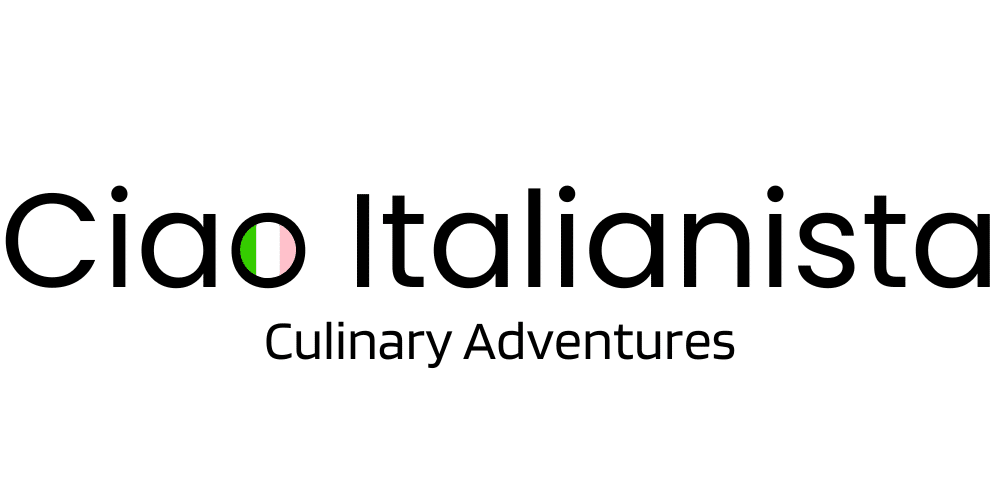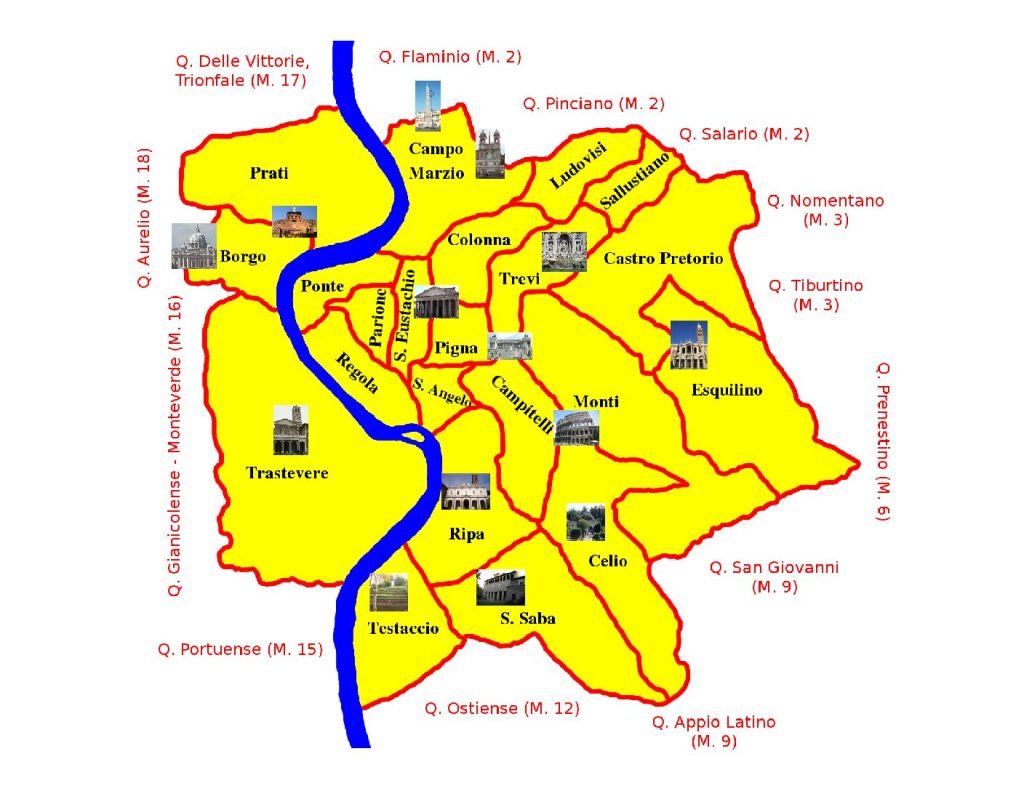Ciao Italianista contains affiliate links and is a member of the Amazon Services LLS Associates Program. If you make a purchase using one of these Amazon links, I may receive compensation at no extra charge to you. See my disclosure policy for more information.
13 Best Reasons for Are Food Tours in Italy Worth It
Are you traveling to Italy soon and wondering are food tours in Italy worth it?
If this is your first trip to Italy or even if you have been here before, a food tour is definitely a worthwhile activity. Even if you think you could just do it on your own.
I have been traveling to Italy for over 25 years and I still love taking a food tour when I arrive in a new city or region.
A food tour is a great way to learn about a city’s culture and heritage while tasting delicious food.
Whether you’re traveling alone, as a couple, or with your family, there is a food tour in Italy for everyone.
From Eating Europe’s popular Twilight Trastevere food tour in Rome to off the beaten path food foraging near Florence, you’re sure to fill your Italian itinerary with amazing food adventures.
So pack your bags, come hungry, and get ready to discover the reasons food tours are worth it and why you absolutely need to experience a food tour in Italy.
13 Best Reasons for Are Food Tours in Italy Worth It
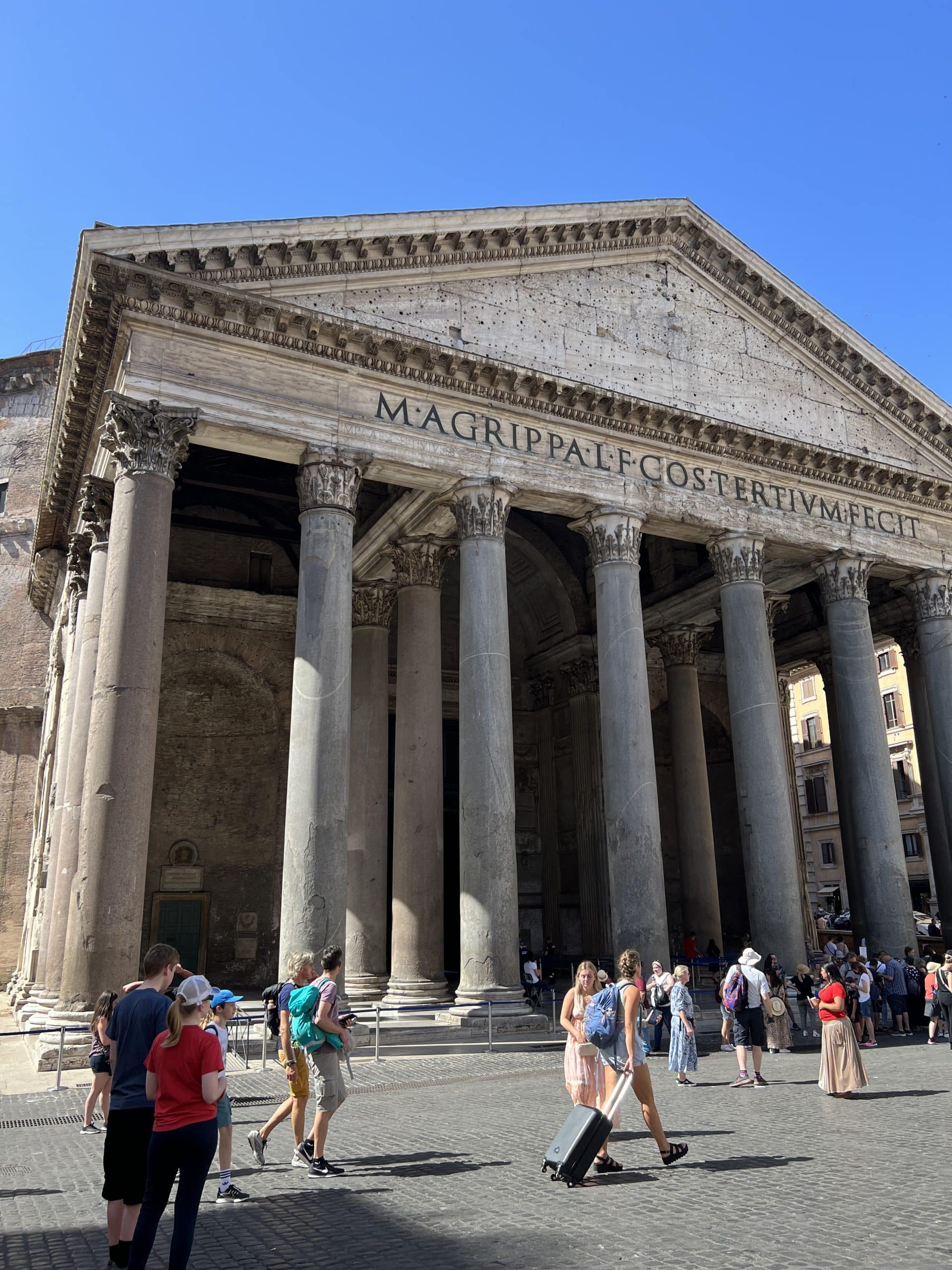
1. Skip the Overwhelm
I like to plan our food tours for the first or second day that we arrive in a new destination. A food tour is a great way to start a trip.
It is so convenient to check into your hotel, rest for an hour or two, and then be led around to the best culinary stops in the area. Especially if you have jet-lag or are just tired.
With a food tour, you don’t have to worry about the language barrier since your guide will do the talking as they lead you through an immersive culinary experience.
You can relax and feel comfortable knowing your guide is taking you to safe and special areas.
2. Get the Lay of the Land
On our first night in Rome, the eternal city, we went on a walking food tour. Walking food tours are a great way to get the lay of the land in big cities like Rome.
Walking food tours in Rome usually focus on one of the many Roman neighborhoods. The best food tours in Rome are in Trastevere, Testaccio, the Jewish Ghetto, and Prati.
Food tours are more than just the food. Your guide will take you past all the iconic spots and historical landmarks making them come alive with interesting stories.
As you taste the local cuisine at all the different stops, you will get an overview of authentic food and know what to eat in the next couple of days.

3. Discover Places You Never Would Have
As a tourist, it is hard to avoid tourist traps without assistance. Especially if you are hungry and tired and there are animated waiters luring you into their restaurants.
This happened to us on our last trip. We glanced down a small side street and a smiling waiter beckoned to us. As soon as we sat down, I realized our mistake but it was too late.
But a food tour guide will take you to places that you’d never have found on your own. Traditional restaurants with authentic cuisine in Italy are not advertised by big flashy signs and luring waiters.
Rather they are often discrete hole-in-the-wall restaurants that only the locals know about. Tour guides are very knowledgeable and will show you all the hidden gems.
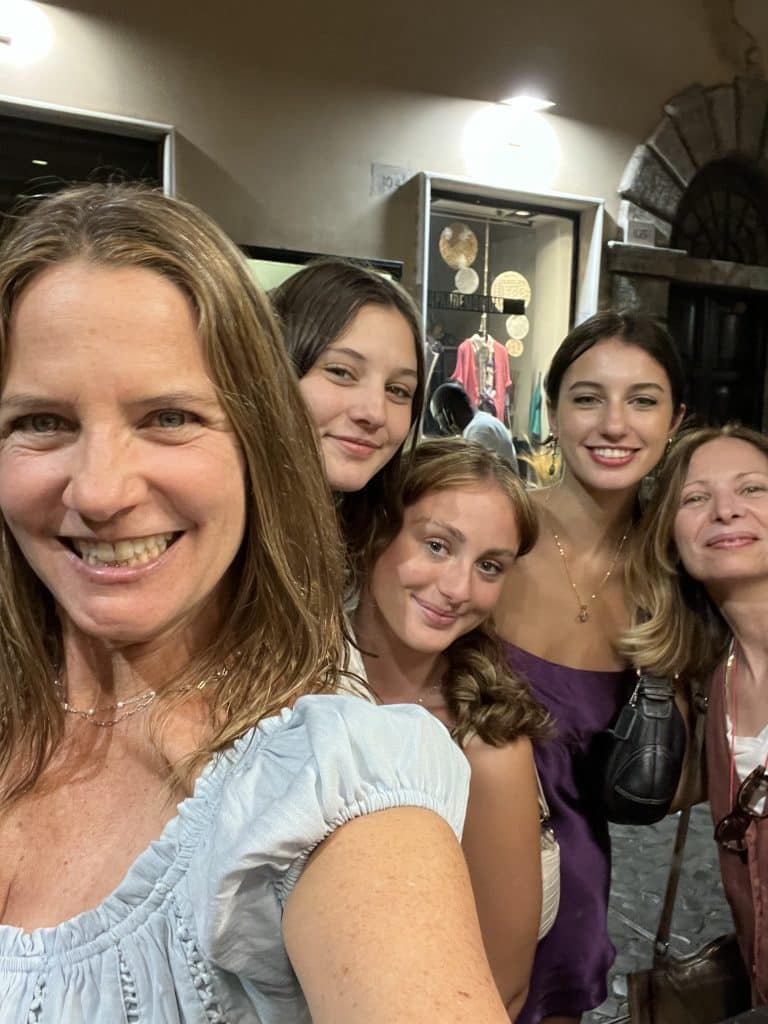
4. Make New Friends
Food brings people together. And if you like wine, which is usually part of an Italian food tour, then the conversations really start to flow.
Food tours include a few sit down meals along the way giving you many opportunities to have longer conversations and to get to know the other people on the tour.
Once we met some people on our tour in Rome and then ran into them a few days later in Florence. It was nice to see a familiar face and share experiences.
People on a food tour already share a common love of food and probably have other shared interests as well. You might become lifelong friends or at least gain new social media connections.
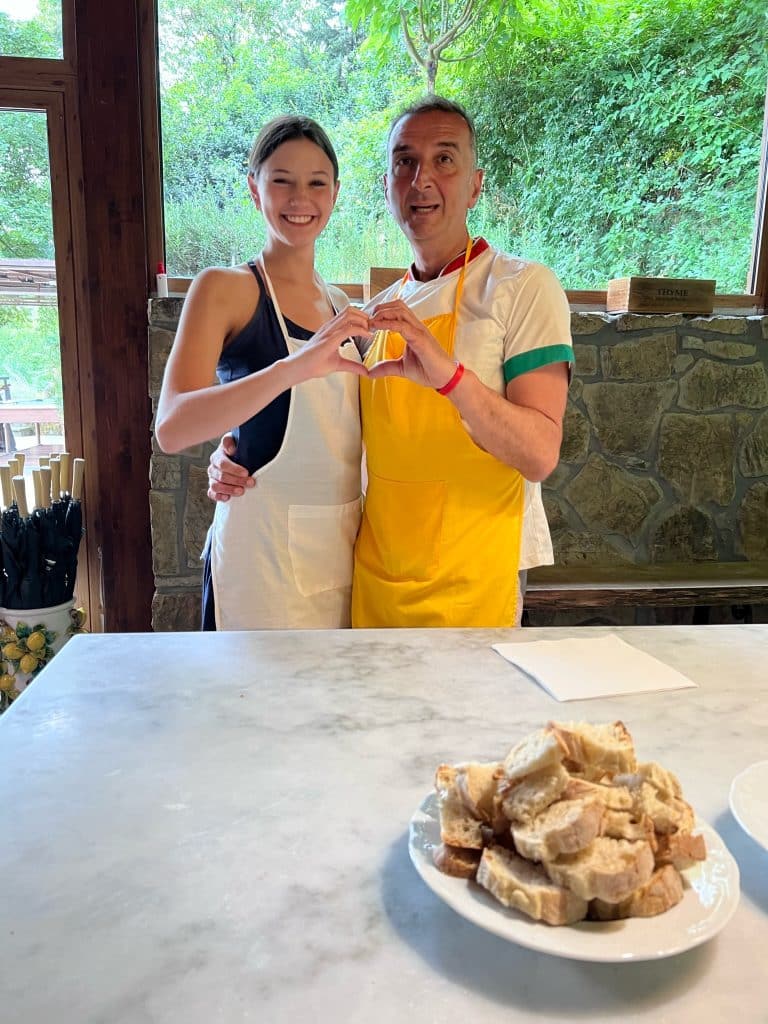
5. Meet Passionate Tour Guides
Our tour guide, GianLuca, had a degree in art history and was so passionate and knowledgeable about local history. I enjoyed speaking in Italian with him without feeling self-conscious.
Not only are tour guides knowledgeable and passionate, they also like people. They like to talk and tell funny stories.
They intersperse a lot of handy Italian phrases into their talks and you can improve your Italian in a comfortable setting.
You will learn so much more with a passionate tour guide than you ever could if you tried to do it alone. You will also gain experience so that in the following days, you can design your own food tour alone.
6. Learn the Culture and History
Foodie tours in Italy are truly immersive culinary experiences led by professionals. They are so much more than just sampling authentic food. You truly learn things you’d never have known.
While waiting for our tour to start, our guide told us to enter a nearby cathedral. He told us what to look for and it was a moment of rapture as we escaped the heat in the cool basilica. We never would have even noticed this place if he hadn’t told us about its importance.
This happened again as he led us down several flights of stairs in a restaurant back in time 2000 years. Rome is a city that just keeps building on top of itself. You can literally go back in time centuries by going underground 20-30 feet.
Restaurants that are built on top of famous sites are usually only accessible on a food tour.
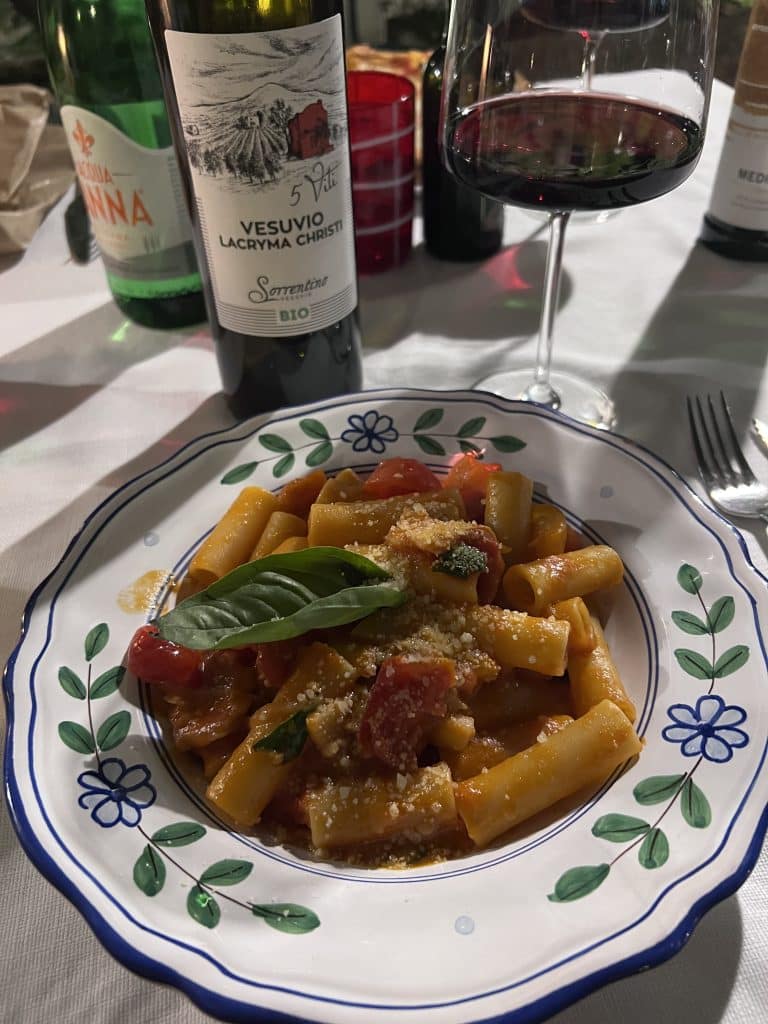
7. Discover Culinary Diversity
Italians are proud of their local identities and cultures. You will quickly discover that you can only get certain foods in certain towns or regions. For example, some say you can only get cicchetti in Venice.
You will also learn about regional specialties. Risotto, a creamy cheesy rice dish, is popular in Northern Italy. Sicilian food has lots of Arab and Spanish influences. Ossobuco, slow-cooked bone-in veal shank, is a Milanese specialty.
Not only is Liguria the birthplace of pesto, but each village claims to have the most authentic one.
The bread in Florence has no salt? Why? There are many fascinating explanations. My favorite is because of the feud between Florence and Pisa. Pisa blockaded the Arno River to prevent salt from reaching Florence. So the Florentines started making bread without salt.
Learning what to eat in which region on a food tour will deepen your cultural connection to the local foods and their history.
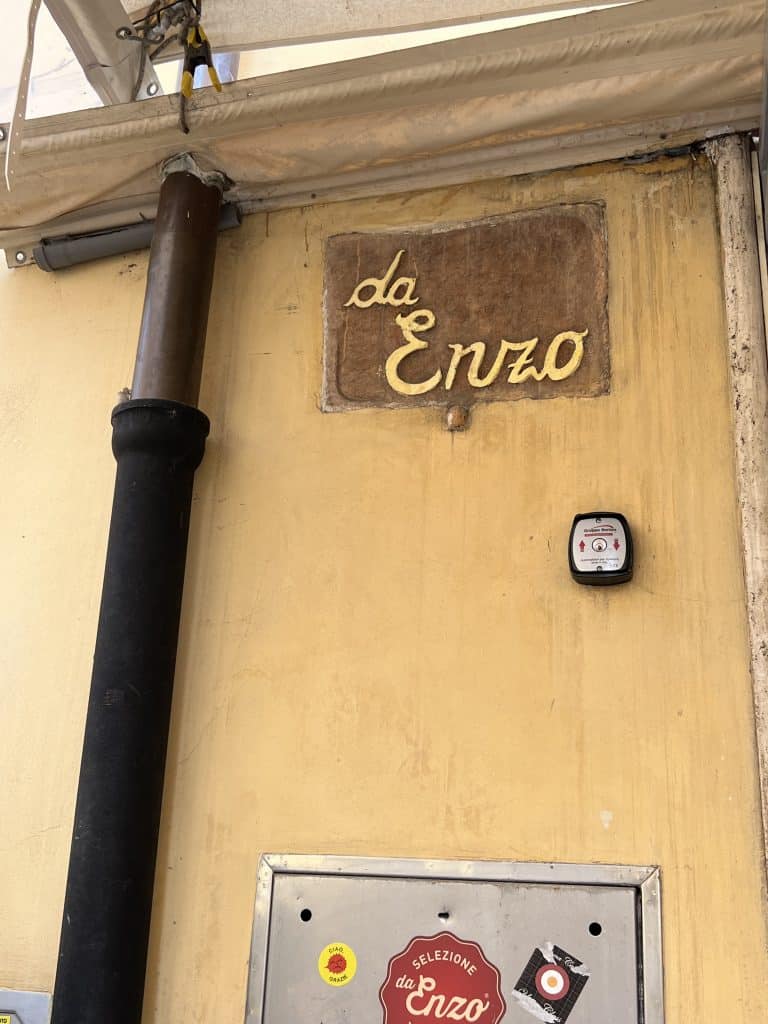
8. Get Into Highly Coveted Restaurants Without a Reservation
Food tours are a great way to get into restaurants that you’d never get into without either a three hour wait or by making a reservation months in advance.
An example of this is the restaurant Da Enzo in Rome. (When you put da in front of a name, it is the same thing as apostrophe s, in other words, Enzo’s.)
At Da Enzo, we tasted the sweetest melon ever paired with prosciutto, burrata, and Prosecco as an appetizer on our first stop. We didn’t eat a full meal here, but at least we got a taste and we got to meet the owner.
Da Enzo doesn’t take reservations and people line up for hours hoping to get seated at one of the few tables in this tiny restaurant.
9. Excellent Value for the Experience
If you are not convinced yet why food tours in Italy are worth it, then think about the over-the-top value you get for the immersive culinary experience.
You get exclusive access to restaurants that are booked for months in advance. And you get exclusive access to the chefs, bakers, and restaurant proprietors themselves.
Sometimes you get a historical tour to the underground civilizations from another era. And you get detailed information on iconic and historical sites.
You get expert and insider information from a knowledgeable local guide who has developed relationships with the proprietors.
And you stop for several appetizers, snacks and drinks, desserts, and full course meals with wine. It is truly a great value.
10. Create Unforgettable Memories
One memory I will never forget is urging the cab driver to drive faster to get to the tour meeting spot at the Florence food market before we were left behind. As we scrambled out of the cab, the tour guide was calling our names.
Another unforgettable memory I have is learning about the public water fountains in Rome. They are all over the city and are called nasone, which means big nose.
Our guide taught us how to plug the spigot so that the water shoots up and you can drink it. Unfortunately, my daughter did it wrong and it sprayed all over my face.
Think of all the memories you will create on a food tour eating and drinking with your family, old and new friends, and the Italians.

11. Slay on Social Media
If you avoid getting your face sprayed with water or spilling amatriciana sauce down your shirt, you can pose in front of all the iconic landmarks along the way and slay on social media.
Pro tip: make sure to bring a selfie stick or hand your phone to someone to take photos of all of you together. I have too many photos of just my daughters or just me and one of them, but few of all three of us together.
12. Get to Know the Locals
Food tours are a great way to practice your Italian with the locals. A food tour is a safe space where you can relax and take a risk with some of the phrases you’ve been practicing.
Plus after some of the wine tasting, you will automatically become more fluent!
The chefs, bakers, and restaurant proprietors will be honored when you take an interest in them and their cuisine and will happily converse with you.
And since the guides are locals themselves, they often run into friends on the street and you have even more opportunity to talk to the locals.

13. Discover More Types of Food Tours Than You Ever Dreamed Of
Whether you stick to the well known culinary cities like Rome, Bologna, Florence, Naples, and Sicily or you go off the beaten path to smaller towns, you can focus on one food or theme for your food tour.
Here are some theme-based food tour ideas:
- Lemon, olive oil, and wine tasting tours in Sorrento
- Coffee tours in Venice, Rome, Milan, or Naples
- Winery tours in Tuscany and Chianti
- Foraging food tours in the Tuscan countryside
- Mozzarella farm tours near Naples
- Market tours in Bologna and Florence
- Parmigiano Reggiano factory tours
- Balsamic vinegar tours in Modena
- Cured meats tour in Bologna
- Prosciutto tours in Parma
- Chocolate tours in Turin
- Cicchetti tour in Venice
- Coffee and tiramisu tours
- Pizza tours in Naples
- Seafood tours in Genoa
- Street food tours
- Seafood tours in Genoa
- Happy hour tour in Milan
- Slow food tours
- Truffle foraging tours
- Gelato tours
And that’s the short list! There are so many theme-based food tours in Italy and different combinations. There’s a food theme for everyone in every location.
FAQs
How do you find a food tour?
You can find a food tour by doing a Google search. You can also search the Eating Europe, Tripadvisor, Viator, and GetYourGuide websites. Read the reviews to find the best food tours in Italy. You can also find authentic food tours by joining Italy travel Facebook groups.
What is included in the price of a food tour?
The price of a food tour includes all the food, drinks, and desserts during the stops of the tour. The price does not include a tip for the tour guide.
How long do food tours last?
A food tour typically lasts about 2-4 hours. But some last a full day and slow food tours can last a full week.
What time of day is best for a food tour?
The best time of day for a food tour is morning, afternoon, or evening. You can plan the food tour as a meal substitute for that day.
Do you tip your food tour guide?
You are not required to tip your food tour guide but it will be appreciated. A common guideline is to tip around 10-20% of your total cost of the tour or about $10 per person in your group.
Now It’s Your Turn: Buon Appetito!
Food tours in Italy are definitely worth it even if, technically, you could just do it on your own.
A food tour is so much more than food.
They are a relaxing, safe, and delicious way to skip the overwhelm and get the lay of the land in each leg of your trip while creating memories, learning local culture, and eating authentic Italian cuisine.
There are food tours all over Italy for every kind of traveler and for tasting every kind of Italian food.
I have created so many memories, learned so much, and made new friends on every food tour I’ve taken in Italy. I can’t wait for my next one! Where will you go on your Italian food tour?
If you need a suggestion, read my Twilight Trastevere Food Tour Review.
